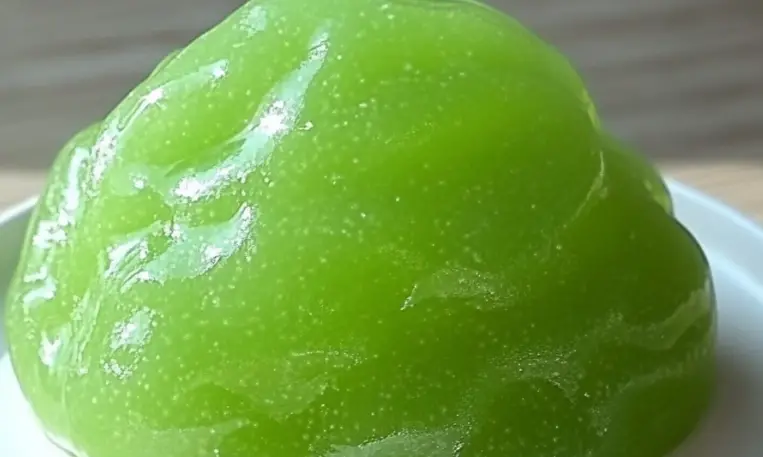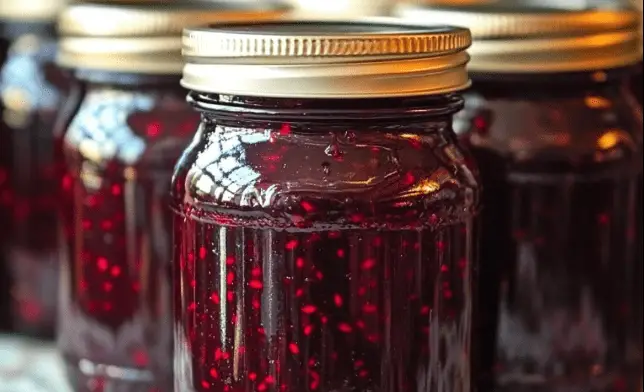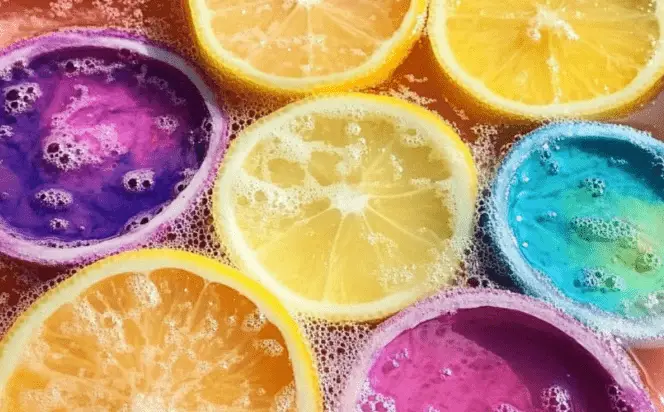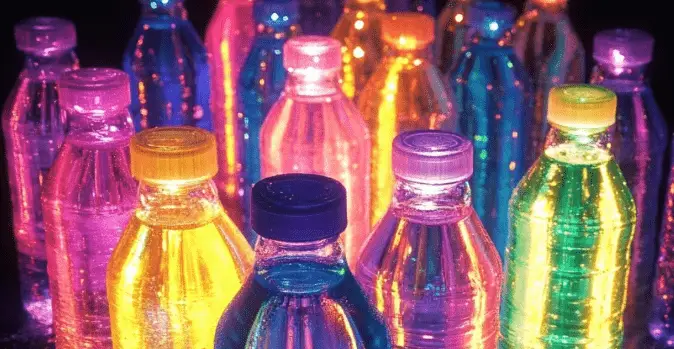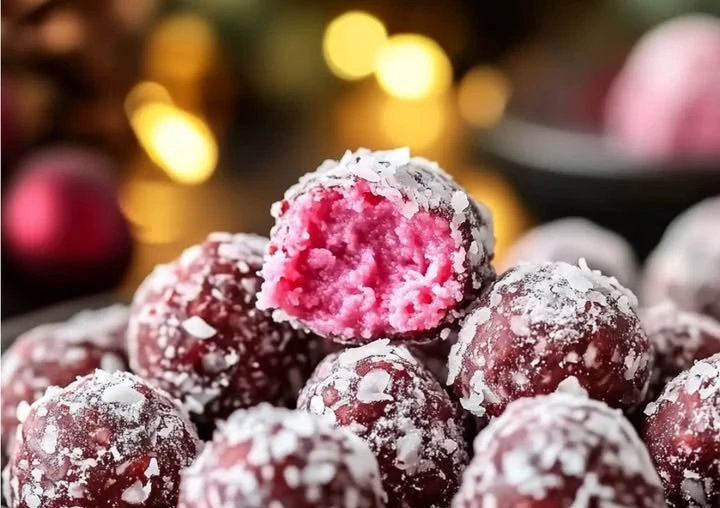DIY Flubber: The Ultimate Squishy Craft Kids Will Love
Looking for an exciting, hands-on activity that’s equal parts creative and satisfying? This DIY Flubber recipe is a fun, squishy, and easy-to-make craft that will keep kids entertained for hours. Whether you’re planning a weekend project, adding to your homeschool science lessons, or just need a sensory activity to engage young minds, Flubber is a perfect choice.
Flubber is a stretchy, bouncy substance that sits somewhere between slime and putty. It’s easy to create at home using common ingredients, and the best part is that it encourages creativity, science learning, and tactile play. If you’re ready to dive into a colorful world of gooey fun, this guide will walk you through everything you need to know to make your own batch of magical Flubber.
Table of Contents
Ingredients
Here’s what you’ll need to bring this squishy creation to life:
- 1 teaspoon Borax
- 1/2 cup clear school glue
- 1/2 cup lukewarm water
- 8 drops of food coloring (choose your favorite)
- 1 tablespoon glitter
Instructions
- In a mixing bowl, combine 1 teaspoon of Borax with 1/2 cup of lukewarm water. Stir until fully dissolved.
- In a separate bowl, blend 1/2 cup of clear school glue, 1/2 cup of lukewarm water, 8 drops of food coloring, and 1 tablespoon of glitter. Stir until smooth and evenly mixed.
- Slowly pour the glue mixture into the Borax mixture while stirring gently.
- Begin mixing with your hands. It might feel wet at first, but continue kneading until it transforms into a stretchy, unified mass.
- If any excess water remains, pour it off and keep kneading until your Flubber is ready to play with.
- Enjoy your colorful, sparkly, squishy Flubber!
Note: If you use white school glue instead of clear glue, the result will be more of a traditional slime with a cloudy texture.
Benefits of This Craft
Creating Flubber at home offers more than just a fun activity—it comes with developmental benefits for kids and stress-relieving perks for adults, too.
1. Sensory Exploration:
Flubber provides a wonderful sensory experience. Its unique texture encourages children to stretch, squeeze, and squish, helping to develop motor skills and sensory awareness.
2. Educational Value:
This simple recipe is also a mini science experiment. Mixing Borax with glue leads to a chemical reaction that forms a polymer, which is a great introduction to basic chemistry concepts for kids.
3. Creativity Booster:
Kids can choose their favorite colors, mix in glitter, and customize their Flubber however they like. It’s a great way to promote creativity and imaginative play.
4. Stress Relief:
Just like stress balls and fidget toys, squishing Flubber can be relaxing. It’s a soothing activity for kids and adults alike, offering a moment of calm in a busy day.
5. Budget-Friendly Fun:
All ingredients are affordable and easy to find, making this a great low-cost craft for families, classrooms, or daycare centers.
Tips
- Use Clear Glue for Best Results: Clear school glue gives your Flubber a transparent, gem-like look that enhances the glitter and color. White glue will work too but creates a cloudier effect.
- Add Scent for Extra Fun: Consider adding a drop of kid-safe essential oil or vanilla extract for a pleasant smell.
- Use Gloves for Less Mess: If you’re crafting with multiple kids or using darker food colors, wearing gloves during the kneading phase can help avoid stained hands.
- Double the Recipe: Making a larger batch? Just double all ingredients—but always mix the Borax and glue solutions separately before combining.
- Label and Store: Give each child a labeled airtight container to keep their Flubber clean and usable for days to come.
What Does It Taste Look Like?
Of course, this isn’t edible—but it certainly looks good enough to eat! The final Flubber product has a glossy, vibrant look, especially when made with clear glue and lots of glitter. It’s soft to the touch but firm enough to hold its shape. It stretches slowly, bounces slightly, and sparkles with every squish.
Kids often compare it to jelly, goo, or bouncy putty. Its fun appearance adds to the appeal, making it a favorite among sensory crafts.
How to Store
Proper storage will help your Flubber last up to two weeks or more:
- Keep it in an airtight plastic container or resealable ziplock bag.
- Store it at room temperature—no need to refrigerate.
- If it starts to dry out, try adding a few drops of lukewarm water and kneading it back to life.
- Discard if it becomes too sticky, starts to smell off, or picks up too much debris.
For classroom or group settings, individual containers work best for keeping each batch fresh and uncontaminated.
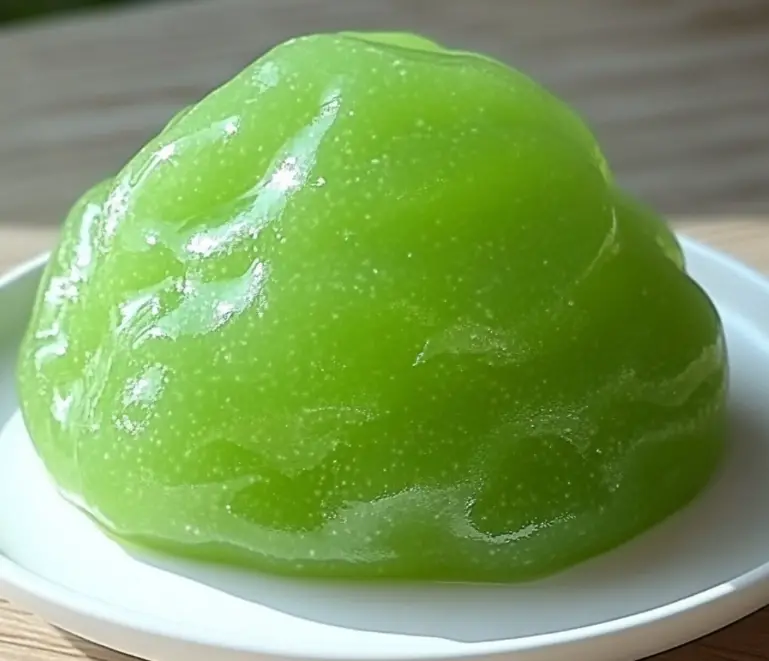
Making Flubber at home is a fantastic way to combine playtime, creativity, and learning in one simple project. With only a handful of ingredients and a few minutes of mixing, you’ll create a magical substance that provides endless entertainment. This hands-on project is perfect for rainy days, birthday parties, science lessons, or just some good old-fashioned family fun.
If you enjoyed making Flubber, check out More DIY craft ideas for even more squishy, sparkly, and creative projects that will keep your kids happily engaged.
And for visual inspiration and more variations of this project, visit Pinterest and explore fun Flubber and slime crafts shared by DIY lovers everywhere.
Frequently Asked Questions
Q: Is Flubber safe for young children?
A: While Flubber is generally safe for older kids, it should not be used by children under 3 due to the risk of ingestion. Always supervise young children during play.
Q: Can I make this without Borax?
A: Borax is key to creating the unique Flubber texture. However, some parents opt for alternatives like saline solution and baking soda to create similar results. These recipes may have different textures.
Q: What if my Flubber is too sticky?
A: If your Flubber is too sticky, try kneading it longer. You can also add a very small amount of Borax solution to help firm it up.
Q: Can I add small toys or decorations inside?
A: Absolutely! Small plastic toys, beads, or even foam shapes can be added for sensory interest. Just make sure they’re safe and age-appropriate.
Q: What’s the difference between Flubber and slime?
A: Flubber is thicker and more solid than slime. Slime tends to ooze and drip, while Flubber holds its shape and bounces more readily.

